Rising Demand for Food Safety
The increasing consumer awareness regarding food safety is a pivotal driver for the Agricultural Testing Market. As consumers become more informed about the potential risks associated with foodborne illnesses, the demand for rigorous testing of agricultural products intensifies. This trend is reflected in the growing number of food safety regulations imposed by various governments, which necessitate comprehensive testing protocols. In 2025, the market for food safety testing is projected to reach approximately USD 20 billion, indicating a robust growth trajectory. Consequently, agricultural testing services that ensure compliance with these regulations are likely to see heightened demand, thereby propelling the Agricultural Testing Market forward.
Growing Organic Farming Practices
The shift towards organic farming practices is significantly influencing the Agricultural Testing Market. As consumers increasingly prefer organic products, farmers are adopting organic farming methods that require stringent testing to ensure compliance with organic standards. In 2025, the organic food market is projected to reach USD 300 billion, driving the need for reliable testing services to verify organic claims. This trend necessitates comprehensive soil and crop testing to maintain organic certification, thereby creating a substantial demand for agricultural testing services. Consequently, the Agricultural Testing Market is poised to benefit from this growing emphasis on organic farming.
Climate Change and Environmental Concerns
Climate change and its associated environmental challenges are emerging as critical drivers for the Agricultural Testing Market. As agricultural practices adapt to changing climatic conditions, the need for testing services that assess soil health, water quality, and crop resilience becomes increasingly important. In 2025, it is estimated that the market for environmental testing in agriculture will reach USD 10 billion, reflecting the urgency of addressing these issues. Testing services that provide insights into the impact of climate change on agricultural productivity are likely to see heightened demand. Thus, the Agricultural Testing Market is expected to grow in response to these pressing environmental concerns.
Technological Innovations in Testing Methods
Technological advancements in testing methodologies are transforming the Agricultural Testing Market. Innovations such as rapid testing kits, remote sensing technologies, and advanced laboratory techniques enhance the efficiency and accuracy of agricultural testing. For instance, the integration of artificial intelligence and machine learning in data analysis allows for quicker decision-making processes. As of 2025, the adoption of these technologies is expected to increase testing efficiency by up to 30%, thereby reducing turnaround times for results. This shift not only improves operational efficiency but also meets the growing expectations of stakeholders for timely and reliable testing outcomes, further driving the Agricultural Testing Market.
Increased Investment in Agricultural Research
Investment in agricultural research and development is a crucial driver for the Agricultural Testing Market. Governments and private entities are increasingly allocating funds to enhance agricultural productivity and sustainability. In 2025, global investments in agricultural R&D are anticipated to exceed USD 50 billion, reflecting a commitment to innovation in farming practices. This influx of capital supports the development of new testing methods and technologies, which are essential for ensuring crop quality and safety. As research initiatives expand, the demand for agricultural testing services is likely to rise, thereby bolstering the Agricultural Testing Market.



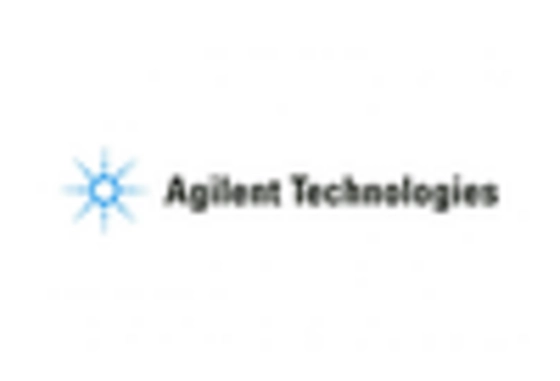

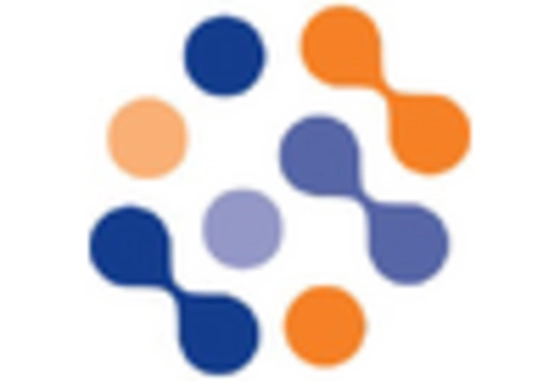
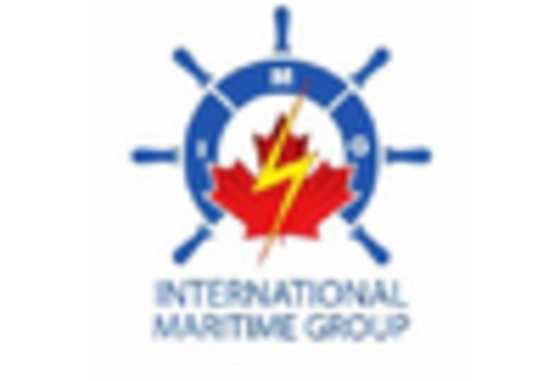
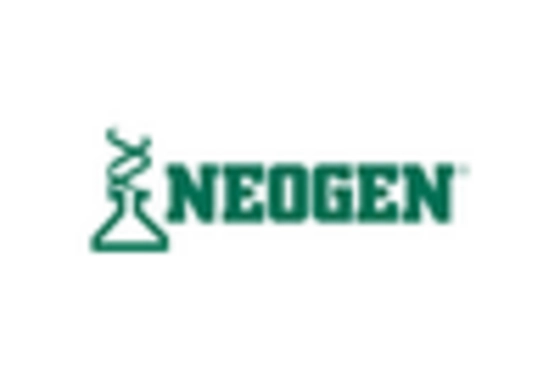
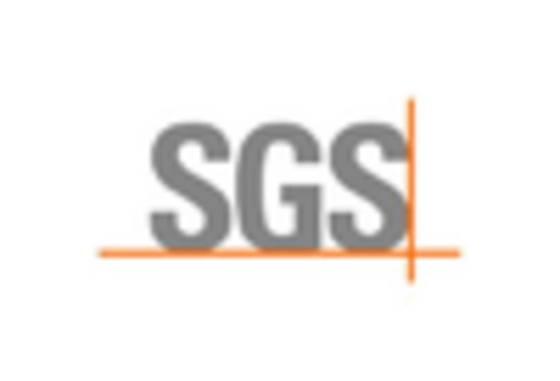








Leave a Comment